The purchase price of roasted peanuts exporters in India can vary due to various factors such as quality, market demand, raw material availability, and competition. In this article, we will explore the factors that influence the purchase price of roasted peanuts in India and how exporters evaluate and determine the price. India is one of the major producers and exporters of peanuts in the world. With its favorable climate and fertile soil, the country produces a large quantity of peanuts annually. The peanuts are widely consumed in India and are also exported to several countries across the globe. The purchase price of roasted peanuts for exporters in India is primarily influenced by the quality of the peanuts. The quality of peanuts is evaluated based on factors such as size, color, moisture content, taste, and texture. Exporters prefer to source peanuts with consistent quality to meet the requirements of their international customers. The size of the peanuts plays a crucial role in determining the purchase price. Larger-sized peanuts are usually priced higher compared to smaller ones. Exporters often have specific requirements from their customers regarding peanut size, and they have to ensure that the peanuts they purchase meet those specifications. Another important factor that impacts the purchase price is the color of the peanuts. Buyers generally prefer peanuts with a light uniform color. Light-colored peanuts are usually priced higher as they are considered to be of better quality and appearance. Moisture content is also a critical factor in determining the purchase price. Exporters prefer peanuts with a lower moisture content as it helps in maintaining the shelf life of the product. Peanuts with high moisture content are prone to spoilage and can lead to quality issues during transportation. Therefore, exporters are willing to pay a premium for peanuts with lower moisture content. Taste and texture are subjective factors that can influence the purchase price. Peanuts with a natural, nutty flavor and a crunchy texture command a higher price compared to peanuts with bland taste or soft texture.

nuts
 These qualities are often preferred by consumers, and exporters are willing to pay more for peanuts that meet these criteria. Availability and demand for raw materials also impact the purchase price of roasted peanuts. If there is a shortage of peanuts due to climatic or other factors, the prices tend to increase. Similarly, if there is a high demand for peanuts in the market, exporters might have to pay a premium to secure the required quantity. Conversely, when there is an abundance of peanuts and low demand, the prices may be lower. Competition among exporters also plays a role in determining the purchase price. If there are multiple exporters vying for the same quantity and quality of peanuts, it can lead to a price war, where exporters reduce their prices to attract customers. This competitive environment can influence the purchase price, as exporters may be willing to accept lower margins to secure orders. Exporters in India evaluate the purchase price of roasted peanuts based on these factors and their understanding of the market dynamics. They consider the cost of raw materials, processing, and packaging, along with overhead expenses such as transportation, storage, and certification. They also take into account the profit margin they aim to achieve while determining the purchase price. Apart from the purchase price, exporters also need to factor in other costs such as export duties, taxes, and documentation charges. These additional costs can further impact the final price of roasted peanuts for export. Exporters work closely with customs authorities and shipping agents to ensure compliance with all regulations and to calculate the final price accordingly. For exporters, maintaining a consistent supply chain and building long-term relationships with peanut farmers and processors can help in managing the purchase price. By working directly with selected suppliers, exporters can negotiate better prices and ensure a reliable and consistent supply of quality peanuts. In conclusion, the purchase price of roasted peanuts for exporters in India is influenced by various factors such as quality, size, color, moisture content, taste, texture, raw material availability, market demand, and competition. Exporters carefully evaluate these factors to determine the purchase price while considering their profit margin and additional costs associated with export. By understanding these dynamics and maintaining strong supplier relationships, exporters can effectively manage the purchase price and meet the demands of their international customers. Roasted peanuts are a popular snack item consumed widely in India and exported to various countries worldwide. The purchase price of these peanuts for exporters in India is determined by several factors. In this article, we will delve deeper into these factors and explore their implications for businesses in the roasted peanuts export industry.
These qualities are often preferred by consumers, and exporters are willing to pay more for peanuts that meet these criteria. Availability and demand for raw materials also impact the purchase price of roasted peanuts. If there is a shortage of peanuts due to climatic or other factors, the prices tend to increase. Similarly, if there is a high demand for peanuts in the market, exporters might have to pay a premium to secure the required quantity. Conversely, when there is an abundance of peanuts and low demand, the prices may be lower. Competition among exporters also plays a role in determining the purchase price. If there are multiple exporters vying for the same quantity and quality of peanuts, it can lead to a price war, where exporters reduce their prices to attract customers. This competitive environment can influence the purchase price, as exporters may be willing to accept lower margins to secure orders. Exporters in India evaluate the purchase price of roasted peanuts based on these factors and their understanding of the market dynamics. They consider the cost of raw materials, processing, and packaging, along with overhead expenses such as transportation, storage, and certification. They also take into account the profit margin they aim to achieve while determining the purchase price. Apart from the purchase price, exporters also need to factor in other costs such as export duties, taxes, and documentation charges. These additional costs can further impact the final price of roasted peanuts for export. Exporters work closely with customs authorities and shipping agents to ensure compliance with all regulations and to calculate the final price accordingly. For exporters, maintaining a consistent supply chain and building long-term relationships with peanut farmers and processors can help in managing the purchase price. By working directly with selected suppliers, exporters can negotiate better prices and ensure a reliable and consistent supply of quality peanuts. In conclusion, the purchase price of roasted peanuts for exporters in India is influenced by various factors such as quality, size, color, moisture content, taste, texture, raw material availability, market demand, and competition. Exporters carefully evaluate these factors to determine the purchase price while considering their profit margin and additional costs associated with export. By understanding these dynamics and maintaining strong supplier relationships, exporters can effectively manage the purchase price and meet the demands of their international customers. Roasted peanuts are a popular snack item consumed widely in India and exported to various countries worldwide. The purchase price of these peanuts for exporters in India is determined by several factors. In this article, we will delve deeper into these factors and explore their implications for businesses in the roasted peanuts export industry.
Specifications of nuts
 1. Quality of Peanuts: The quality of peanuts is of utmost importance when determining the purchase price. Exporters seek peanuts that exhibit consistent quality in terms of size, color, moisture content, taste, and texture. Consistency in quality ensures that exporters can meet the demands of their international customers and maintain a reputable position in the market. 2. Size of Peanuts: The size of peanuts directly influences their purchase price. Larger-sized peanuts generally command higher prices compared to smaller ones. Exporters often have specific size requirements set by their customers, and they must ensure that the peanuts they purchase adhere to these specifications. Additionally, larger peanuts are often associated with better quality, leading to their increased value in the market. 3. Color of Peanuts: The color of roasted peanuts also plays a vital role in determining their purchase price. Buyers typically prefer peanuts with a light, uniform color. These peanuts are perceived as visually appealing and are considered of superior quality. Consequently, exporters are willing to pay a higher price for peanuts with desirable color characteristics. 4. Moisture Content: The moisture content of roasted peanuts is an essential factor in pricing. Exporters prefer peanuts with low moisture content as they have an extended shelf life and are less prone to spoilage during transportation. Peanuts with high moisture content may lead to quality issues, making them less desirable. Consequently, exporters are willing to pay a premium for peanuts with lower moisture content. 5. Taste and Texture: Subjective factors like taste and texture also influence the purchase price of roasted peanuts. Peanuts with a natural, nutty flavor and a crunchy texture are preferred by consumers and often command higher prices. Exporters understand the importance of meeting consumer preferences and are thus ready to invest more in peanuts that exhibit optimal taste and texture qualities. 6. Raw Material Availability: The availability of raw materials is a significant factor affecting the purchase price of roasted peanuts. If there is a scarcity of peanuts due to factors such as adverse weather conditions or crop failure, prices tend to increase. Conversely, an abundant supply of peanuts can drive prices down.
1. Quality of Peanuts: The quality of peanuts is of utmost importance when determining the purchase price. Exporters seek peanuts that exhibit consistent quality in terms of size, color, moisture content, taste, and texture. Consistency in quality ensures that exporters can meet the demands of their international customers and maintain a reputable position in the market. 2. Size of Peanuts: The size of peanuts directly influences their purchase price. Larger-sized peanuts generally command higher prices compared to smaller ones. Exporters often have specific size requirements set by their customers, and they must ensure that the peanuts they purchase adhere to these specifications. Additionally, larger peanuts are often associated with better quality, leading to their increased value in the market. 3. Color of Peanuts: The color of roasted peanuts also plays a vital role in determining their purchase price. Buyers typically prefer peanuts with a light, uniform color. These peanuts are perceived as visually appealing and are considered of superior quality. Consequently, exporters are willing to pay a higher price for peanuts with desirable color characteristics. 4. Moisture Content: The moisture content of roasted peanuts is an essential factor in pricing. Exporters prefer peanuts with low moisture content as they have an extended shelf life and are less prone to spoilage during transportation. Peanuts with high moisture content may lead to quality issues, making them less desirable. Consequently, exporters are willing to pay a premium for peanuts with lower moisture content. 5. Taste and Texture: Subjective factors like taste and texture also influence the purchase price of roasted peanuts. Peanuts with a natural, nutty flavor and a crunchy texture are preferred by consumers and often command higher prices. Exporters understand the importance of meeting consumer preferences and are thus ready to invest more in peanuts that exhibit optimal taste and texture qualities. 6. Raw Material Availability: The availability of raw materials is a significant factor affecting the purchase price of roasted peanuts. If there is a scarcity of peanuts due to factors such as adverse weather conditions or crop failure, prices tend to increase. Conversely, an abundant supply of peanuts can drive prices down.
buy nuts
 Exporters carefully monitor the supply and demand dynamics to make informed decisions regarding purchasing and pricing. 7. Market Demand: Market demand has a direct impact on the purchase price of roasted peanuts. If there is a high demand for peanuts, exporters may need to pay a premium to secure the required quantity. Conversely, if the market demand is low, exporters may have more negotiating power, resulting in lower prices. Understanding market trends and demand patterns is crucial for exporters to make strategic pricing decisions. 8. Competition among Exporters: Competition among exporters can drive changes in the purchase price of roasted peanuts. If multiple exporters are vying for the same quantity and quality of peanuts, it can lead to a price war. In such instances, exporters may be compelled to reduce their prices to attract customers. This competitive environment can influence the purchase price, as exporters may be willing to accept lower margins to secure orders. 9. Overhead Expenses: Exporters must consider various overhead expenses while determining the purchase price of roasted peanuts. These expenses include transportation, storage, packaging costs, as well as certification and quality control charges. Ensuring compliance with export regulations and maintaining high-quality standards can add to the overall cost, which ultimately affects the purchase price. 10. Supplier Relationships: Establishing and nurturing strong relationships with peanut farmers and processors is crucial for managing the purchase price. By working closely with selected suppliers, exporters can negotiate better prices and ensure a reliable and consistent supply of quality peanuts. Building trust and long-term collaborations enable exporters to maintain stable pricing structures and optimize their profit margins. Conclusion: The purchase price of roasted peanuts for exporters in India is influenced by diverse factors such as quality, size, color, moisture content, taste, and texture. It also takes into account aspects like raw material availability, market demand, competition, and overhead expenses. By carefully evaluating these factors and maintaining strong supplier relationships, exporters can effectively manage purchase prices and meet the demands of their international customers. Ensuring consistent quality standards and adhering to market trends further contribute to sustaining a competitive position in the roasted peanuts export industry.
Exporters carefully monitor the supply and demand dynamics to make informed decisions regarding purchasing and pricing. 7. Market Demand: Market demand has a direct impact on the purchase price of roasted peanuts. If there is a high demand for peanuts, exporters may need to pay a premium to secure the required quantity. Conversely, if the market demand is low, exporters may have more negotiating power, resulting in lower prices. Understanding market trends and demand patterns is crucial for exporters to make strategic pricing decisions. 8. Competition among Exporters: Competition among exporters can drive changes in the purchase price of roasted peanuts. If multiple exporters are vying for the same quantity and quality of peanuts, it can lead to a price war. In such instances, exporters may be compelled to reduce their prices to attract customers. This competitive environment can influence the purchase price, as exporters may be willing to accept lower margins to secure orders. 9. Overhead Expenses: Exporters must consider various overhead expenses while determining the purchase price of roasted peanuts. These expenses include transportation, storage, packaging costs, as well as certification and quality control charges. Ensuring compliance with export regulations and maintaining high-quality standards can add to the overall cost, which ultimately affects the purchase price. 10. Supplier Relationships: Establishing and nurturing strong relationships with peanut farmers and processors is crucial for managing the purchase price. By working closely with selected suppliers, exporters can negotiate better prices and ensure a reliable and consistent supply of quality peanuts. Building trust and long-term collaborations enable exporters to maintain stable pricing structures and optimize their profit margins. Conclusion: The purchase price of roasted peanuts for exporters in India is influenced by diverse factors such as quality, size, color, moisture content, taste, and texture. It also takes into account aspects like raw material availability, market demand, competition, and overhead expenses. By carefully evaluating these factors and maintaining strong supplier relationships, exporters can effectively manage purchase prices and meet the demands of their international customers. Ensuring consistent quality standards and adhering to market trends further contribute to sustaining a competitive position in the roasted peanuts export industry.

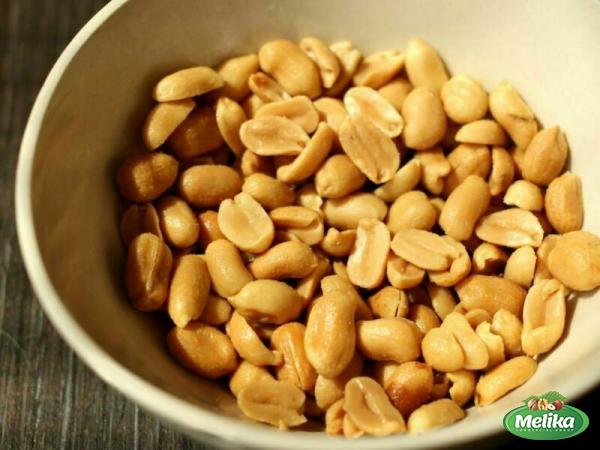
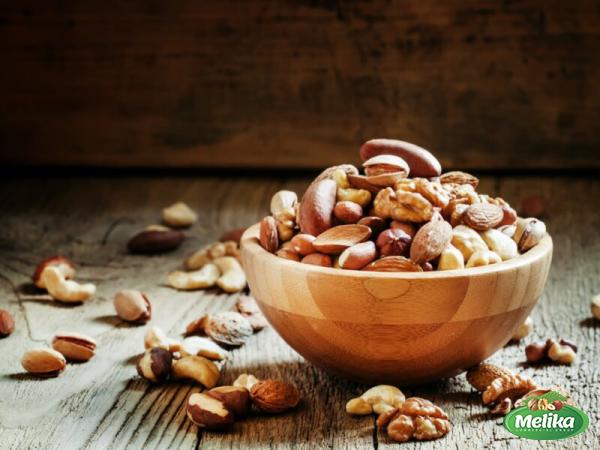
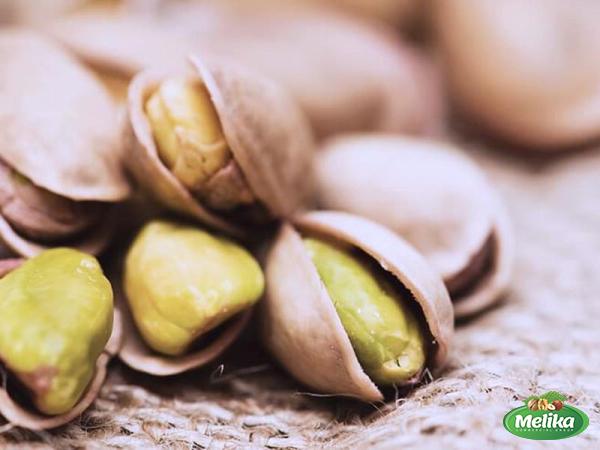
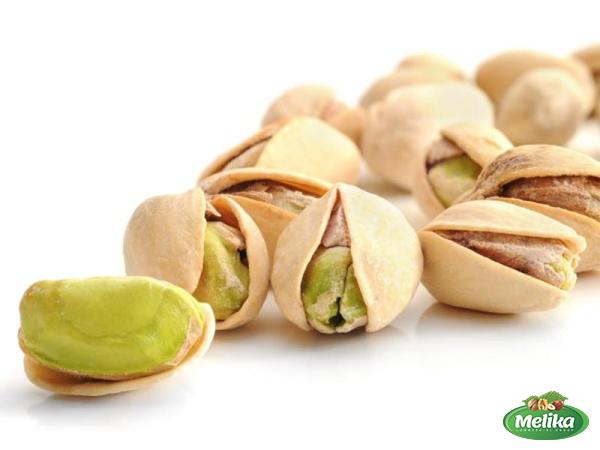
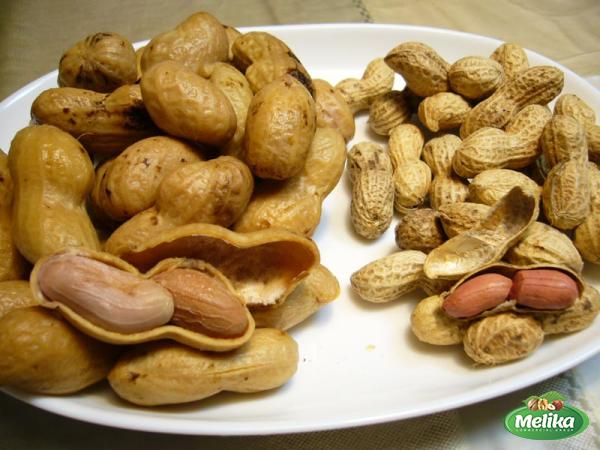
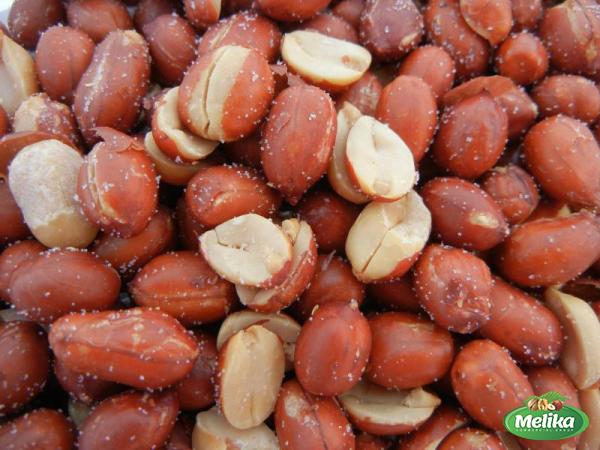
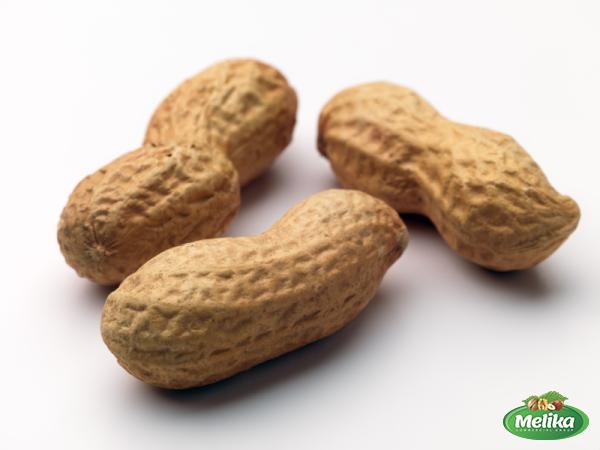
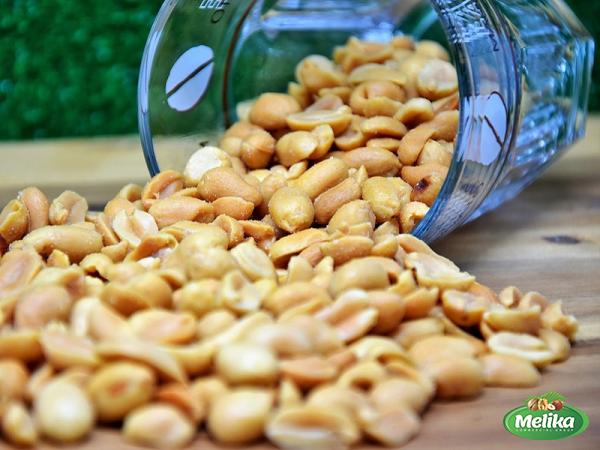
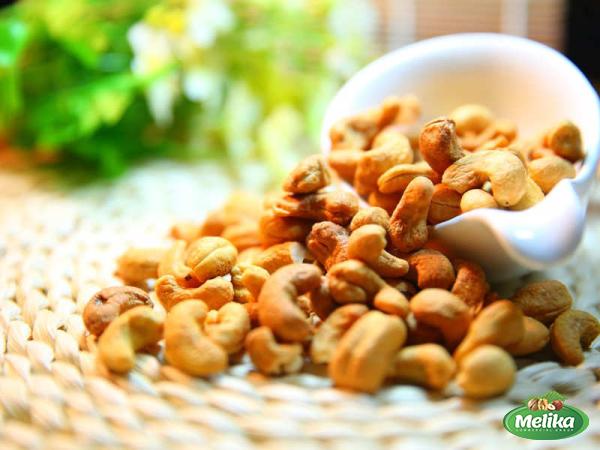
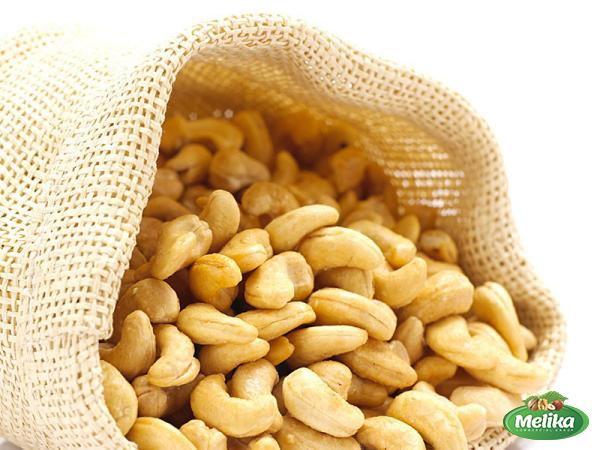
Your comment submitted.